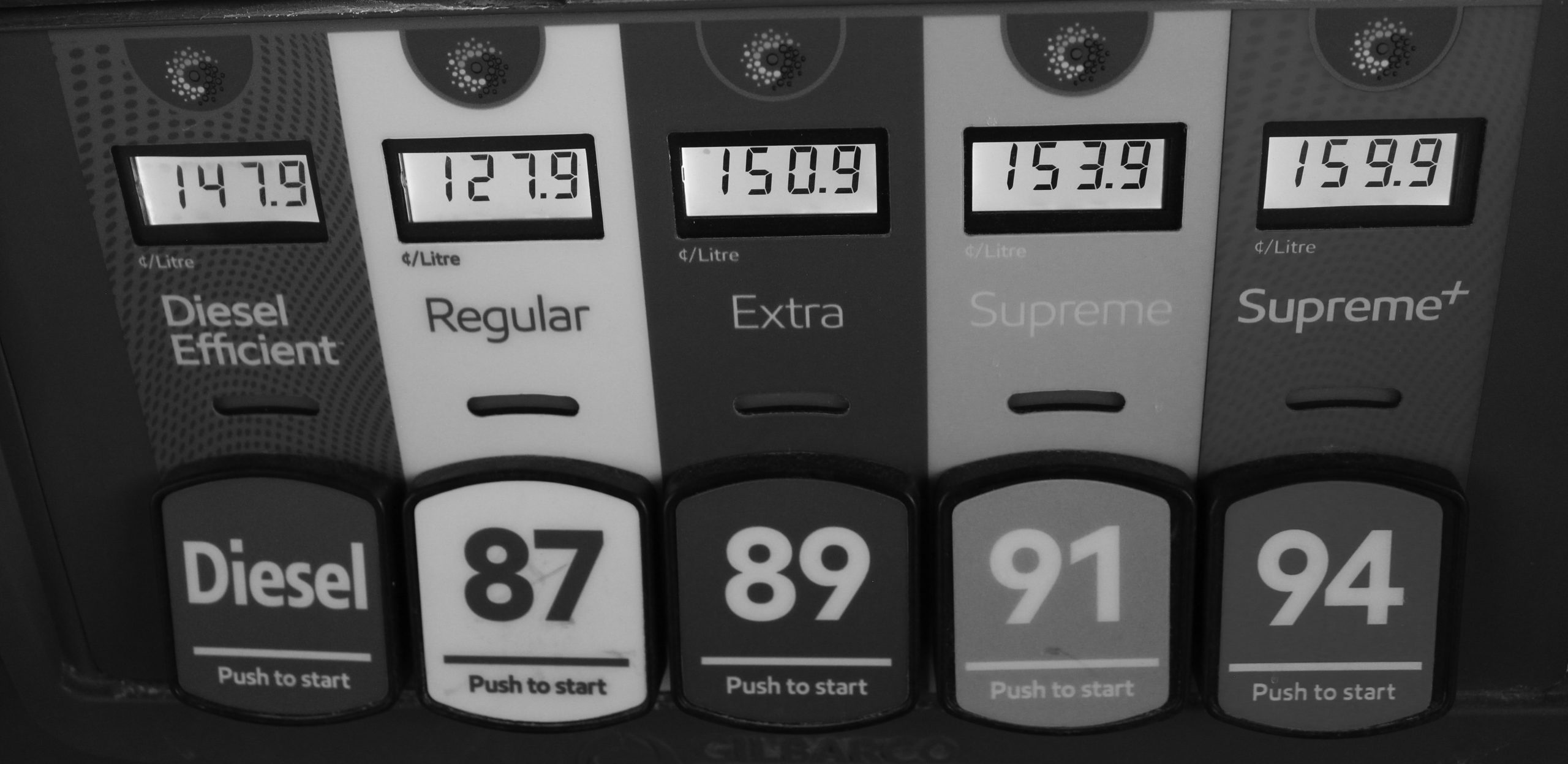Racing cars have been around since 1887, since then, there has been a great improvement in technology to make cars faster and safer. The Fast and Furious movie 2001 was a celebration of car culture, using street racing with high performance vehicles. This series has been going on for almost a two decades and started with a family racing family storyline. However, the last movies have taken a sharp turn, going from car meets and street-racing roots to science fiction car scenes. With cars flying through space, crashes that are impossible to survive and resurrecting old characters, fans are wondering if the franchise is losing its original idea-appeal.
Darren Francis, a mechanic at Mitsubishi Lethbridge, weighed in on what made the franchise special in its early days. “Mitsubishi cars like the Eclipse and Lancer Evo are great racing cars due to their performance, agility and tuning potential.” Vehicles like the 1995 Mitsubishi Eclipse, driven by Brian O’Conner in the first film, quickly became fan favourites and icons of the street racing scene. They are not fancy racing cars, they are more on the economic side which makes it relatable for street racing.
However, Francis says the series’ car modifications are now unrealistic. “The modifications in the first movie, or even the 1970 Dodge Charger R/T that Toretto used, were somewhat believable,” he said. “But in the later films, they added things like protection around the Charger, which would actually make it slower.”
Francis also noted that while the early films sparked interest in Mitsubishi sports cars, that excitement has faded. “I think a lot of people were interested when they first came out, but now that they’re throwing cars into space, I’m not so sure the movies are giving people inspiration anymore. The one car people do still know because of the movie is the Mitsubishi Eclipse.”
According to Statista, the “Fast & Furious” films have grossed over $7 billion worldwide as of 2024, marking an extraordinary milestone for the franchise. The highest-grossing film in the series remains “Furious 7” (2015), which earned around $1.5 billion globally. This film’s financial success was driven not only by its adrenaline-pumping action sequences but also by its emotional weight. The film honored Paul Walker, one of the series’ main stars, whose tragic death led to a heartfelt tribute that resonated deeply with fans. Other top performers in the series include “The Fate of the Furious” (2017), which grossed $1.23 billion and “Fast & Furious 6” (2013), which earned approximately $789 million, solidifying the franchise’s standing in the global box office.
For dedicated fans like Kaelan Snaggs, the franchise’s direction has been disappointing. “I think the older ones had so much more in them,” he said. “The new ones are fun to watch, but they don’t give you that cliffhanger. With the new ones, you just know they’ll make it in the end.”
When asked about his favorite cars in the series, Snaggs had an unexpected choice. “Unpopular opinion, but Suki had the best cars. They weren’t as predictable as Brian’s or Dominic’s.” However, when it comes to dream cars, he admitted the 1970 Dodge Charger R/T takes the top spot. “I’d make it red to stand out even more than the sound.”
Despite the franchise moving away from its street-racing roots, die-hard fans still dream of building their own Fast & Furious-style rides. “I’d pick the Honda S2000 from Suki,” Snaggs said. “I’d personally make it a crazy color like red with black.”
According to TopSpeed, the “Fast & Furious” franchise is renowned for its commitment to using real vehicles in explosive action sequences, resulting in the destruction of thousands of cars over the course of the series. An estimated total of 2,187 cars have been wrecked in the franchise’s films, a testament to the movies’ dedication to practical effects. In particular, “Furious 7” (2015) featured a record-breaking 230 cars being destroyed, while “Fast & Furious 6” (2013) upped the ante with the wrecking of 350 cars. These stunts are integral to the franchise’s identity, demonstrating the filmmakers’ preference for real-life car crashes over relying on CGI. The destruction of these vehicles, from iconic muscle cars to high-end sports cars, not only adds authenticity to the action but also fuels the excitement that has become synonymous with the series.
According to Screen Rant, the inclusion of actors such as Dwayne “The Rock” Johnson, Jason Statham and John Cena has had a significant impact on the franchise’s continued success. Johnson joined the franchise in “Fast Five” (2011), bringing a fresh dynamic to the cast as Luke Hobbs, a no-nonsense lawman. His star power helped reignite the series, attracting a wider audience and boosting the box office returns. Jason Statham entered the franchise in “Fast & Furious 6” (2013), portraying the villainous Deckard Shaw. His involvement brought added tension and excitement to the films and he became a fan-favorite for his action-packed fight sequences. John Cena’s character, Jakob Toretto, in “F9: The Fast Saga” (2021) helped expand the Toretto family storyline and introduced another dynamic to the team. The additions of these big-name actors have not only brought more star power to the series but also contributed to its box office performance, further cementing the “Fast & Furious” films as a major global phenomenon.
Fast & Furious has one more movie coming out, whether it will eventually return to its roots or continues to do crazy stunts is uncertain, but one thing is for sure: Fast & Furious left a car racing legacy in Hollywood films.



Leave a Reply